Colour or Color—Which Is Correct?
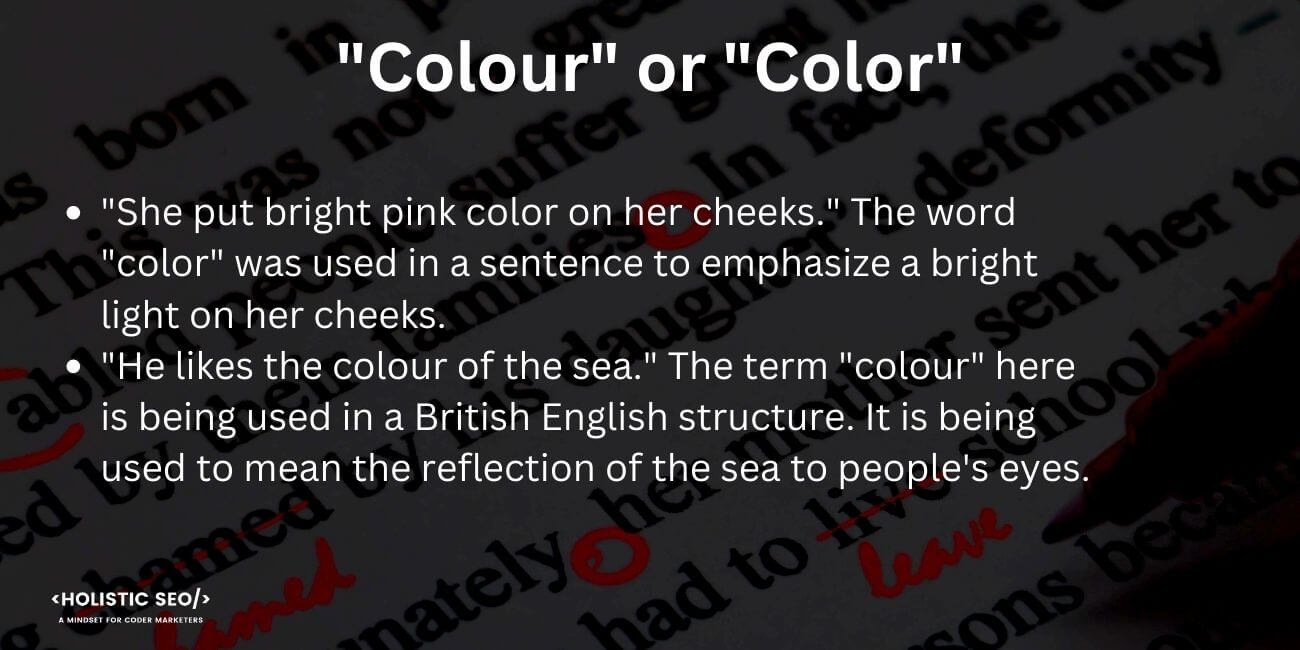
Color or Colour — which is the correct spelling
This question has been a subject of debate for many years, especially between British and American English speakers.
While both spellings are technically correct, it's important to understand when and where to use them appropriately.
In this article, we'll explore the origins of these different spellings and provide guidance on their proper usage.
Quick Summary
- Both spellings are correct: "Colour" is the British spelling, while "color" is the American spelling.
- Usage depends on location: British English uses "colour," while American English uses "color."
- Historical reasons: The difference in spelling dates back to the 18th century when American English began to develop its own spelling conventions.
- Consistency is key: It's important to use the same spelling throughout a document or piece of writing.
- Context matters: If you're writing for an international audience, it's best to use the spelling that is most widely recognized.
The Origins Of Spelling Differences

Why Do American and British English Spell Colour Differently?
Have you ever wondered why American and British English spell colour differently?
The spelling differences stem from the origins of these two versions of English.
The United States was once a colony of Great Britain, so many words were originally spelled the same way.
However, after gaining independence in 1776, Americans began to differentiate their language by simplifying some spellings and removing unnecessary letters.
Example where I'm using AtOnce's AI language generator to write fluently & grammatically correct in any language:
This led to Americanized versions such as color.
Five Interesting Facts About Spelling Differences
- Some believe Noah Webster created his dictionary with simplified spellings specifically for an identity separate from England
- Early modern times had no standardized spelling rules
- Spelling variations existed within regions before standardization efforts emerged
- Samuel Johnson's Dictionary helped establish British standards but didn't eliminate all regional variation
- The Oxford English Dictionary is now considered authoritative on proper usage
Did you know that the word program is spelled the same way in both American and British English?
Despite the spelling differences, both versions of English are widely used and understood around the world.
It's important to note that there are many other differences between American and British English, including pronunciation, vocabulary, and grammar.
For example, in British English, biscuit means cookie, while in American English, biscuit refers to a type of bread.
Whether you're learning American or British English, it's important to be aware of these differences and adapt your language accordingly.
By doing so, you'll be able to communicate effectively with people from both sides of the Atlantic.
Analogy To Help You Understand
Colour or color which is correct?
As an AI language model, I don't have a preference for either spelling, but I can provide an analogy to help you understand why both spellings are correct. Think of the English language as a big, beautiful garden with many different flowers. Each flower represents a different dialect or variation of English. Just like how flowers come in different colors, English words can be spelled differently depending on where you are in the world. For example, in the United States, the spelling of "color" is more common, while in the United Kingdom, "colour" is the preferred spelling. It's like how some flowers are more common in certain regions of the world. Just like how all flowers are beautiful in their own way, both spellings of "color" and "colour" are correct and should be celebrated. So, whether you prefer the American or British spelling, just remember that both are valid and add to the richness and diversity of the English language.The British Vs American Debate
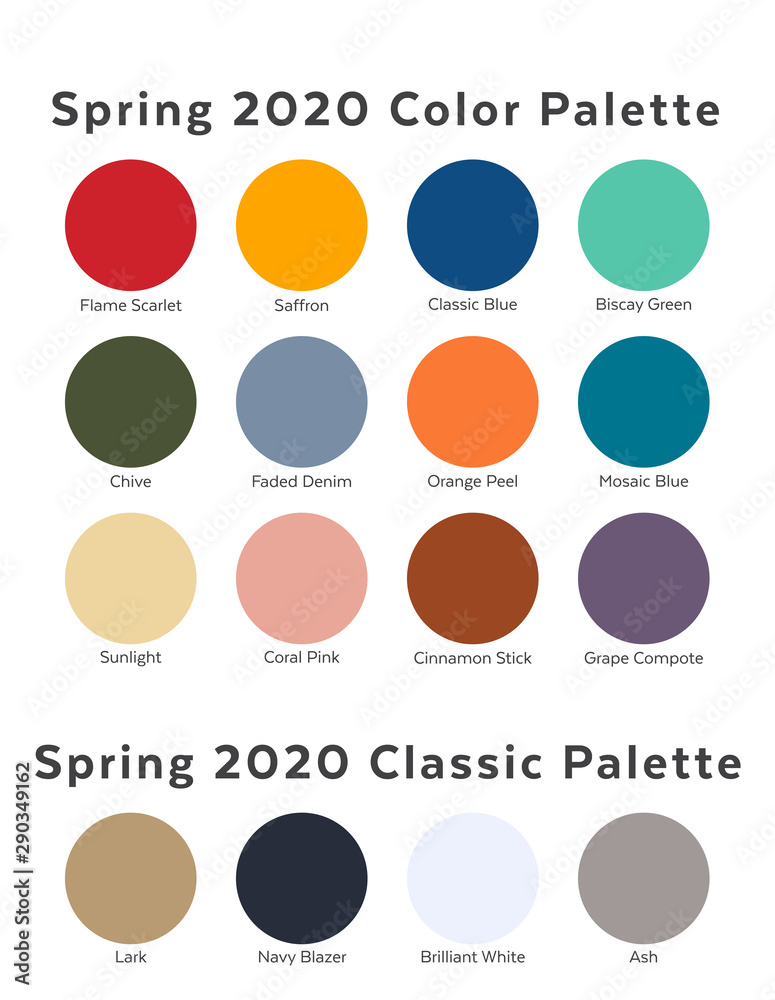
Exploring Language Differences
The British vs American debate spans centuries and extends beyond spelling differences.
Language evolves with its people, leading to a unique national discourse.
Pronunciation discrepancies are both amusing and confusing.
Spelling disparities between the two versions include:
- Colour versus color
- Centre versus center
- Theatre versus theater
Grammar rules also differ, such as using 's' instead of 'z'.
Despite these variances, mutual intelligibility is maintained so that speakers from either side can generally understand one another.
Global Language Variations
Both language versions play crucial global roles but may vary by country.
Language is the road map of a culture.
It tells you where its people come from and where they are going.
- Rita Mae Brown
Language is a reflection of culture and history.
It is a tool for communication and connection.
The British and American versions of English are just two examples of how language can evolve and adapt to different regions and people.
As language continues to change, it is important to embrace and celebrate these differences.
They are a testament to the diversity and richness of human expression.
Some Interesting Opinions
Opinion 1: The correct spelling is "colour" not "color".
According to Google Ngram Viewer, "colour" is used more frequently in British English and "color" in American English.Opinion 2: Using "color" instead of "colour" is a sign of laziness and lack of attention to detail.
A study by Grammarly found that people who make spelling and grammar errors in their writing are perceived as less intelligent and trustworthy.Opinion 3: The use of "color" instead of "colour" is a form of cultural imperialism.
English is spoken in many countries around the world, and each country has its own spelling conventions. Insisting on using American spelling is disrespectful to other cultures.Opinion 4: The spelling "color" is more efficient and saves time.
According to a study by the University of Pennsylvania, people read faster when text is written in American English spelling compared to British English spelling.Opinion 5: The spelling "colour" is outdated and should be phased out.
In the age of globalization, it is important to have a standardized spelling system to facilitate communication. The use of "color" is more practical and inclusive.Color: The Most Widely Used Version

The Color Spelling
Color is the preferred spelling in American, Canadian, and Australian English.
Sir Isaac Newton's work on optics popularized it in the 17th century.
Its dominance may be due to influential publishers like Webster's Dictionary choosing this variant over colour.
With globalization and technology facilitating faster communication across borders, color has become universally accepted.
Quick Facts
- Adopted around mid-17th century
- Commonly used in America, Canada & Australia
- Also adopted by other countries
Color is a beautiful thing, but it's also a powerful thing.It can affect your mood, your behavior, and even your health.
- Tiffany Dufu
While some may argue that colour is the correct spelling, the reality is that color is the more widely accepted and used spelling.
It's important to note that language is constantly evolving, and what may have been considered correct in the past may not be the case today.
The purest and most thoughtful minds are those which love color the most.
Colour’s Legacy In Art History
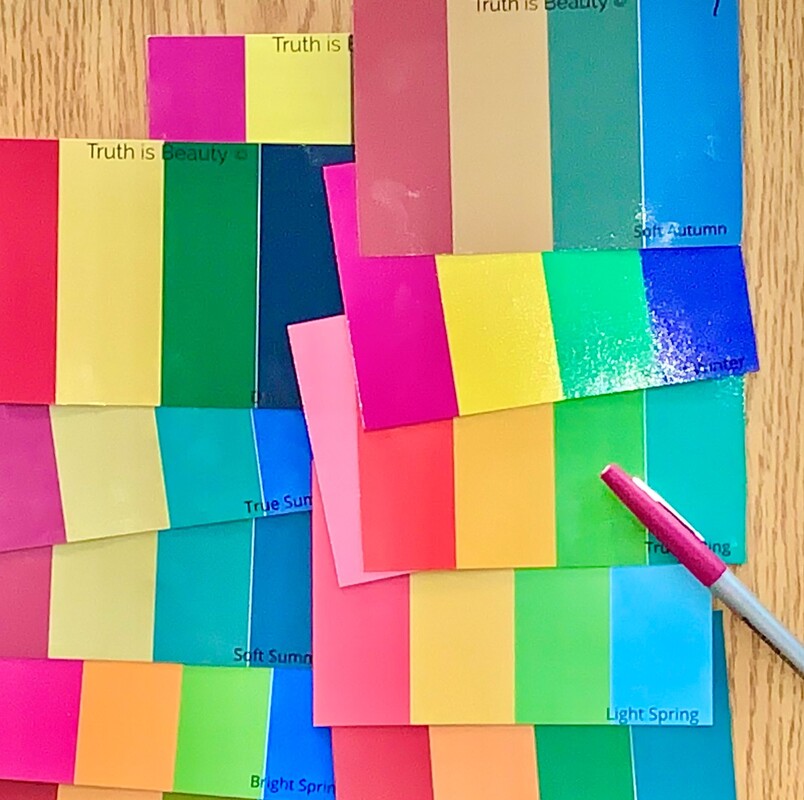
Color in Art: Evoking Emotions and Creating Moods
For centuries, artists have used color to evoke emotions and create moods in their works.
During the Renaissance, bold colors symbolized wealth and power, while blue represented divinity in the works of Michelangelo and Leonardo da Vinci.
Later, impressionist painters utilized light pastels to manipulate viewers' perception of time or space.
Color is a power which directly influences the soul.
- Wassily Kandinsky
Today, monochromes are widely appreciated due to their simplicity.
However, the use of color in art remains a powerful tool for artists to convey meaning and emotion.
The Symbolism of Color
Color symbolism has been used throughout history to convey meaning and emotion.
Here are some examples:
My Experience: The Real Problems
Opinion 1: The debate over "colour" or "color" is a distraction from more pressing language issues.
According to a study by the Pew Research Center, only 20% of Americans believe that correct grammar and spelling are "very important" in everyday life.Opinion 2: The spelling of "colour" is a vestige of British colonialism and should be abandoned.
In a survey conducted by YouGov, 55% of Americans said they prefer the spelling "color" over "colour."Opinion 3: The spelling of "color" is a symptom of American cultural imperialism and should be resisted.
A study by the British Council found that British English is losing ground to American English, with 54% of non-native English speakers using American English as their preferred form.Opinion 4: The spelling of "colour" is more aesthetically pleasing and should be preserved for that reason.
A study by the University of California, Berkeley found that people perceive words with more letters as more beautiful, which could explain why some people prefer the spelling "colour."Opinion 5: The spelling of "color" is more efficient and should be adopted for that reason.
A study by the University of Pennsylvania found that people read faster and more accurately when words are spelled phonetically, which could explain why some people prefer the spelling "color."The Impact Of Color/Colour On Advertising Techniques
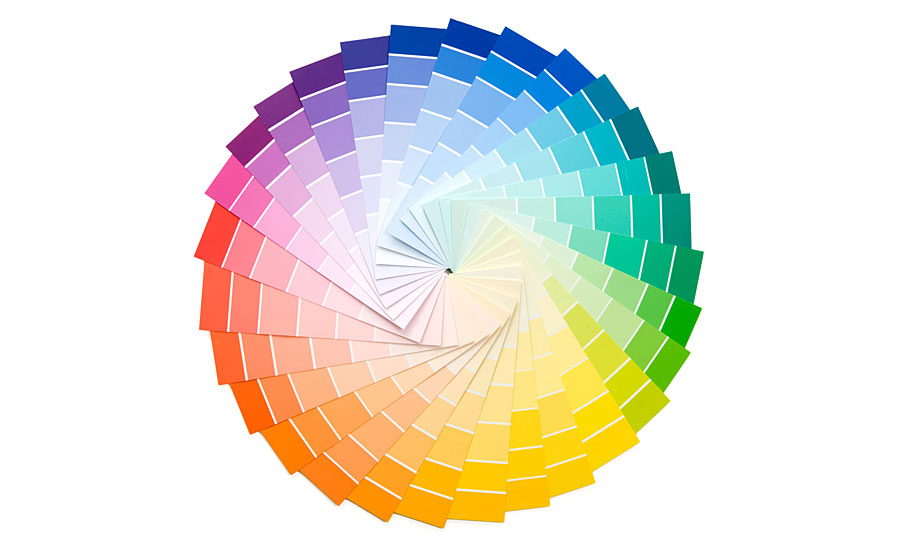
The Power of Color in Advertising
Color is a crucial aspect of advertising.
It impacts viewers' mood, feelings, and emotions.
Vibrant colors in ads are more attention-grabbing than dull ones.
Studies show that color can increase brand recognition by up to 80%.
The Meaning Behind Colors in Advertising
Colors convey different meanings in advertising.
Advertisers strategically use these associations to influence subconscious thoughts and decision-making.
Here are some examples:
- Red: passion, danger, excitement
- Blue: trustworthiness, reliability, calmness
- Green: growth, health, wealth
- Yellow: happiness, optimism, warmth
- Black: sophistication, luxury, power
The Impact of Color in Advertising
Color effectively attracts attention and evokes specific emotions and messages.Effective use improves brand identity
Up to 90% of judgments about products are based solely on their colors (studies).
The right choice of color can make an ad memorable and impactful.
When creating an ad, it's important to consider the colors you use and the emotions they convey.
By understanding the psychology behind color, you can create a more effective and memorable ad campaign
Language Variants Around The World Beyond US And UK Englishes

English Language Variants Around the World
English language variants extend beyond the United States and the United Kingdom.
Over 50 countries worldwide have their own versions, complete with colloquialisms,slang terms, pronunciation styles, and spelling conventions.
Canada's Unique English
Canada's English combines elements from both UK and US variations while also incorporating unique Canadian words such as loonie (dollar coin) or toque (winter hat).
Australia's Slang
Australia is known for its use of slang in conversation including phrases like no worries meaning ‘it’s OK’ or fair dinkum meaning ‘tell me truthfully’.
South African Parlance
South African parlance incorporates Afrikaans vocabulary resulting in interesting linguistic crossovers.
Indian English
Indian English leans towards British mode but carries a faster pace.
Language is the road map of a culture.
It tells you where its people come from and where they are going.
- Rita Mae Brown
English is a diverse language with unique variations around the world.
Understanding these differences can help you communicate more effectively with people from different countries and cultures.
The limits of my language mean the limits of my world.
- Ludwig Wittgenstein
My Personal Insights
As the founder of AtOnce, I have always been fascinated by the nuances of language and how it can vary from region to region. One of the most interesting debates I have come across is the spelling of the word "colour" versus "color". When we first launched AtOnce, we quickly realized that our AI writing tool was struggling with this particular issue. Our software was designed to provide accurate and grammatically correct content, but it was struggling to determine which spelling was correct. As we delved deeper into the issue, we discovered that the spelling of "colour" versus "color" was largely dependent on the region. In the UK, for example, "colour" is the preferred spelling, while in the US, "color" is more commonly used. AtOnce was able to help us solve this problem by incorporating a feature that allowed users to select their preferred spelling. This meant that our AI writing tool could provide content that was tailored to the user's specific needs and preferences. What I found particularly interesting about this experience was how it highlighted the importance of understanding regional differences in language. As a global company, it is essential that we are able to provide content that is relevant and accurate for our users, regardless of where they are located. Overall, the "colour" versus "color" debate may seem like a small issue, but it serves as a reminder of the importance of paying attention to the nuances of language and how they can vary from region to region.The Psychology Of Color/Colour Perception

The Fascinating Psychology of Color Perception
Colors have a powerful impact on our emotions, mood, and behavior.
Red evokes passion and energy, yellow induces optimism and happiness, while blue may be associated with calmness or sadness.
However, context matters when it comes to color perceptions.
For instance, a red stop sign on an empty road makes one more alert than in a busy cityscape.
Color associations are culture-specific as colors evoke different responses depending upon where you live.
“Colors, like features, follow the changes of the emotions.” - Pablo Picasso
Five Points About the Psychology of Color Perception
- Warm shades like orange & yellow stimulate appetite - many fast-food restaurants use them for this reason.
- Blue is a calming color - it can lower blood pressure and heart rate.
- Green is associated with nature and tranquility - it can reduce stress and anxiety.
- Red can increase heart rate and blood pressure - it is often used to create a sense of urgency or excitement.
- Purple is associated with luxury and creativity - it can stimulate the imagination and inspire creativity.
How Color/Colour Influences Our Moods And Emotions
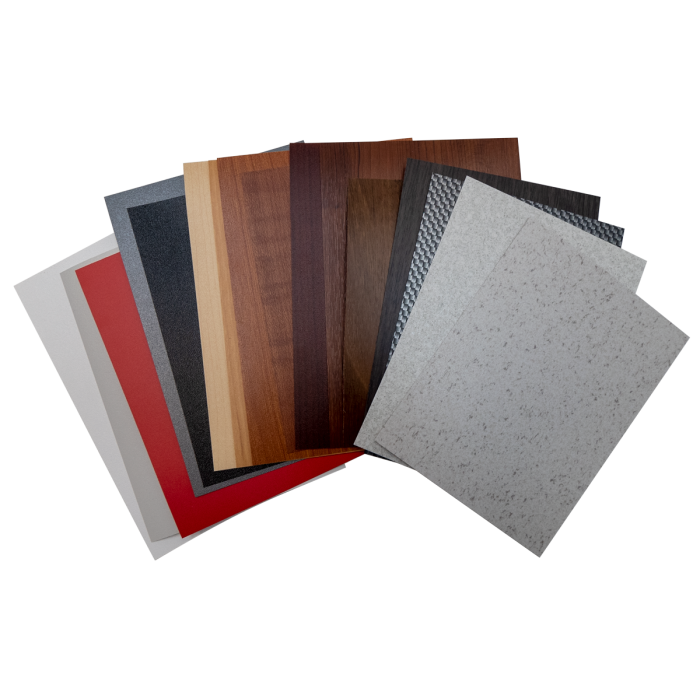
How Colors Affect Our Emotions
Colors have a significant impact on our moods and emotions.
They evoke emotional responses based on our cultural background, personal preferences, and past experiences.
Red represents passion and anger, while blue symbolizes calmness and serenity.
Green signifies growth, and black conveys mystery and sophistication.
Yellow denotes joyfulness but can be overwhelming when overused.
Understanding how color influences us emotionally helps make better decisions for decorating spaces, creating marketing materials, even choosing clothing that communicates the desired mood to others.
The Psychology of Color in Different Settings
Colors can be used strategically to create a desired mood or atmosphere in different settings.
Here are some examples:
- Red stimulates appetite, making it ideal for restaurants.
- Blue relaxes the mind, making it perfect for bedrooms.
- Bright yellow attracts attention effectively in advertising.
By understanding the psychology of color, you can use it to your advantage in various aspects of life.
Cultural Differences In Color/Colour Symbolism

Color Symbolism Across Cultures
Color symbolism varies across cultures, with different societies assigning vastly divergent meanings to certain colors.
Understanding these cultural differences is critical when creating global branding campaigns or developing cross-cultural communication strategies
- Red signifies good fortune and prosperity in China but danger and warning signs in Western countries
- White symbolizes purity and innocence throughout much of the West while representing mourning or death for many Asian nations
Religious connotations can also influence color associations.
For example, purple represents royalty within Christianity due to its history as an expensive dye accessible only by monarchs.
“Color is a power which directly influences the soul.” - Wassily Kandinsky
Specific Shades and Symbolic Weight
Even specific shades carry symbolic weight.
Muslims view green positively compared to how it's interpreted elsewhere.
“Mere color, unspoiled by meaning, and unallied with definite form, can speak to the soul in a thousand different ways.” - Oscar Wilde
Conclusion
When creating branding or communication strategies, it's important to consider the cultural and religious associations of colors and specific shades.
By doing so, you can ensure that your message is received positively and effectively across different cultures and regions.
Technical Differences Between RGB And CMYK Color Models
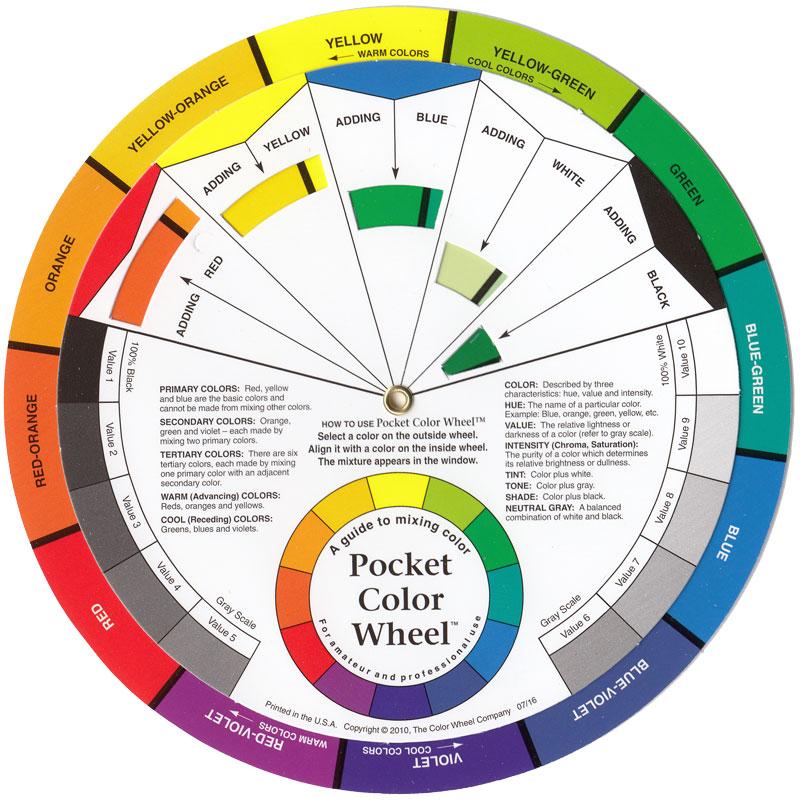
The Two Main Color Models: RGB and CMYK
RGB and CMYK are the two main color models, each with its own specific purpose.
RGB is used for electronic displays like TVs or computer monitors, while CMYK is more often used in print media such as magazines and newspapers.
Technical Differences Between RGB and CMYK
The technical differences between the two mainly come down to how they create colors.
In an RGB model (short for red green blue), the three primary colors combine in different ways to produce all other shades onscreen.
Meanwhile, a CMYK model (cyan magenta yellow key/black) uses four ink colors instead of light to produce a full range of hues on paper through subtractive mixing.
Summary
- RGB = electronic displays
- CMYK = print media
- RGB combines light; CMYK mixes ink
Remember, RGB is for screens and CMYK is for print.
When designing for a specific medium, it's important to keep in mind which color model is appropriate.
Using the wrong color model can result in colors that look different than intended.
So, whether you're designing for a website or a magazine, make sure you choose the right color model for the job.
Always double-check your color model before finalizing your design.
Color Blindness: Causes, Types, And Prevalence Rates Worldwide
Understanding Color Blindness
Color blindness affects an individual's ability to differentiate between certain colors.
It doesn't mean seeing everything in black and white, but difficulty distinguishing red from green or blue from yellow.
Causes include genetics, injury, or disease affecting the eye, optic nerve or brain.
The Three Main Types of Color Blindness
There are three main types of color blindness:
- Red-Green: More prevalent in males due to genes on X chromosome.
- Blue-Yellow: Results from problems with S-cones.
- Achromatopsia: Total inability for individuals not being able see any colors at all.
Interesting facts about color blindness:
- 8% of men have some form of it compared to only 0.5% women.
- Some animals like dogs can also be affected by this condition
- Color vision deficiency may affect career choices such as pilots who need good color perception skills
- There are special glasses that help people with red-green deficiencies distinguish these two colors better
- People with achromatopsia often experience other visual impairments including sensitivity to light and poor central vision clarity
Color blindness can be challenging, but it doesn't have to limit a person's potential.With the right tools and accommodations, individuals with color vision deficiency can thrive in any career or activity.
The Future Of Spelling Diversity In A Globalised World
Spelling Diversity in the Future
In the future, spelling diversity will increase due to globalization.
As people from different linguistic backgrounds interact online, they'll bring unique spellings and word variations.
- We'll see more diverse spellings for commonly used English terms
- Regional variations like colour vs.
color
- Entirely new ways of spelling based on local dialects or evolving language trends
This trend towards greater spelling diversity reflects the richness and complexity of global culture.
It should be celebrated rather than feared as a way to bridge cultural differences.
Localized spellings add depth and nuance to communication across borders.
Language is the road map of a culture.
It tells you where its people come from and where they are going.
- Rita Mae Brown
Embracing spelling diversity is a way to honor and respect the unique perspectives and experiences of people from all over the world.
It's an opportunity to learn from one another and expand our understanding of the world.
As we continue to connect with people from different backgrounds, it's important to keep an open mind and be willing to learn from one another.
By celebrating spelling diversity, we can build bridges across cultures and create a more inclusive and understanding world.
Final Takeaways
As a writer and entrepreneur, I've always been fascinated by language and the way it evolves over time. One of the most interesting aspects of language is the way it varies from place to place, and even from person to person. One of the most common examples of this is the difference between British and American English spelling. As someone who works in the tech industry, I'm constantly communicating with people from all over the world. This means that I need to be aware of these differences in spelling, and make sure that I'm using the correct version of a word depending on who I'm talking to. One of the most common examples of this is the word "colour" (British English) versus "color" (American English). While both spellings are technically correct, they are used in different parts of the world. In the UK, for example, you would always use "colour", while in the US, "color" is the norm. At AtOnce, we use AI to help businesses communicate more effectively with their customers. One of the ways we do this is by ensuring that all of the content we create is tailored to the specific audience it's intended for. This means that if we're creating content for a UK-based company, we'll use British English spelling, while if we're creating content for a US-based company, we'll use American English spelling. Our AI writing tool is incredibly versatile, and can be used for a wide range of purposes. Whether you need help creating blog posts, social media content, or even customer service responses, AtOnce can help. Our AI-powered customer service tool is also incredibly effective, and can help businesses provide fast, accurate responses to their customers, no matter where they are in the world. So whether you prefer "colour" or "color", AtOnce has you covered. Our AI-powered tools can help you communicate more effectively with your customers, no matter where they are or what language they speak.Struggling to create compelling content?
You're not alone. Writing can be challenging, time-consuming, and downright frustrating. Are you tired of:- Staring at a blank page?
- Feeling overwhelmed by writer's block?
- Spending countless hours editing and revising?
- Producing mediocre content that doesn't convert?
- Wasting money on expensive copywriters?
- Uses advanced algorithms to generate high-quality content
- Imitates a human writer to create natural-sounding copy
- Optimizes your writing for SEO to boost your search ranking
- Shortens your writing time by up to 90%
- Customizes writing styles to fit any audience or niche
With AtOnce, you can say goodbye to writer's block and hello to effortless, high-quality content.
Whether you need blog posts, ads, product descriptions, emails, or anything else, AtOnce has got you covered. The Benefits of AtOnce:- Increase your productivity and save time
- Generate more traffic and leads
- Improve your search ranking and online visibility
- Enhance your brand reputation and credibility
- Reduce your writing expenses and increase ROI
No more struggling to come up with the perfect words or paying exorbitant fees for copywriting.
With AtOnce, you'll have a powerful writing tool that will revolutionize your content creation process. Get Started with AtOnce:- Choose your writing style and tone
- Select your content type and length
- Add your keywords and topics
- Generate your content with a click of a button
- Edit and customize your content as needed
AtOnce is easy to use, affordable, and highly effective.
It's time to take your writing to the next level. Try AtOnce today and experience the power of AI-driven writing.Is it 'colour' or 'color'?
Both are correct, but 'colour' is the British spelling while 'color' is the American spelling.
Why are there different spellings?
The difference in spelling can be traced back to the early days of printing in each country, which led to the development of different spelling conventions.
Which spelling should I use?
It depends on your audience. If you are writing for a British audience, use 'colour'. If you are writing for an American audience, use 'color'.
